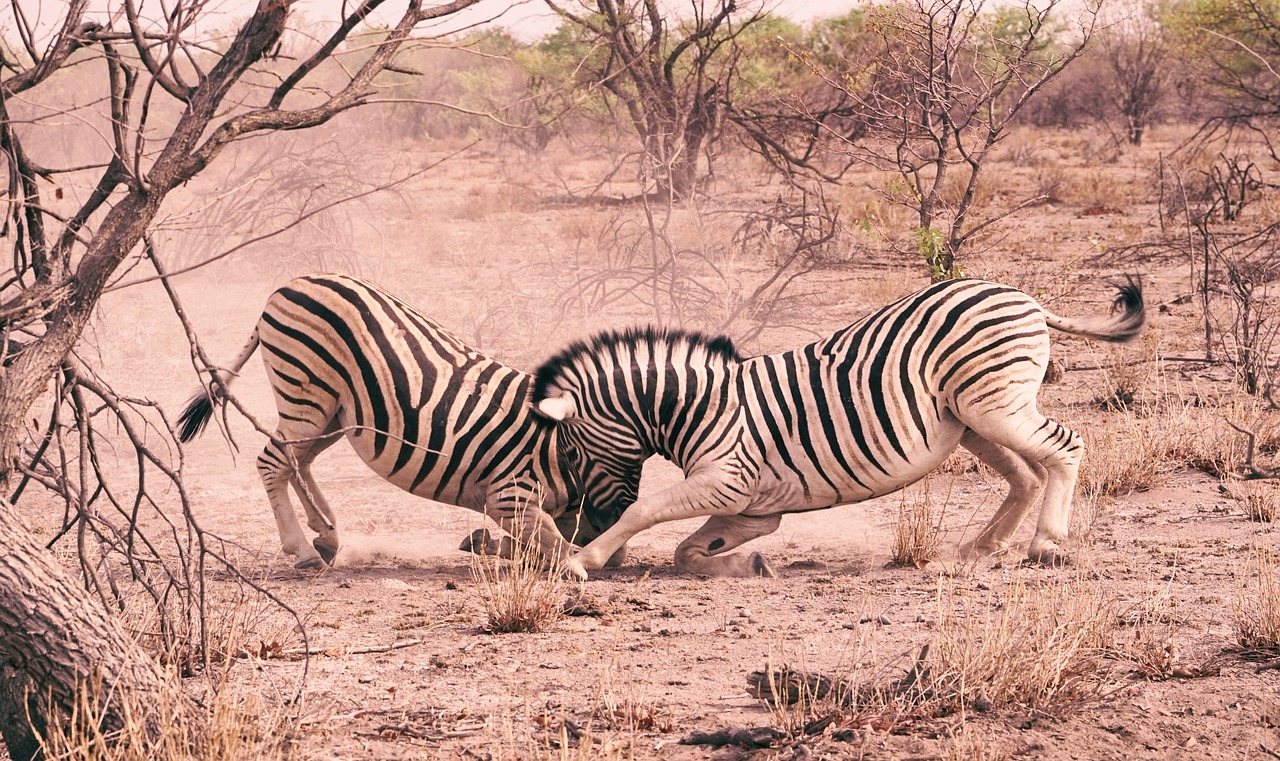You have 3 free guides left 😟
Unlock your guides3.7 Fitness
3 min read•june 18, 2024
Caroline Koffke
Jed Quiaoit
Caroline Koffke
Jed Quiaoit
refers to the fact that organisms have varying abilities to survive and reproduce. Individuals with beneficial traits, called , are more capable of survival and reproduction in their environment. 💪
These variations occur at the microscopic level of and . Differences in DNA allow organisms to produce different proteins. These proteins can then respond differently to stimuli in their environment.
In the context of this unit, some organisms are better than others at harnessing energy. Perhaps an organism has a better ability to hunt and consume energy. Maybe one organism is capable of going through , while another is stuck in . Any of these differences will create that allows some organisms to survive and reproduce more than others.

Big Idea: Variation = Yay!
Variation at the molecular level is a fundamental aspect of life that allows organisms to respond to a wide range of environmental stimuli. This variation can take many forms, including differences in the number and types of molecules within cells, as well as variations in the sequence of amino acids that make up proteins.
Example 1: Phospholipids
One example of how variation at the molecular level allows organisms to survive and reproduce in different environments is the presence of different types of in .
Phospholipids are a major component of cell membranes and play a crucial role in maintaining the integrity and function of the membrane. Different types of phospholipids have different melting points, which means that cells with a higher proportion of certain phospholipids will be able to maintain their membrane integrity at lower temperatures. This allows organisms living in cold environments to adapt to the lower temperatures. 🌡
Example 2: Hemoglobin
Another example is the different types of found in organisms. Hemoglobin is a protein that binds oxygen in the blood, and different types of hemoglobin have different oxygen-binding properties. This allows organisms to maximize oxygen absorption in different developmental stages, such as the fetus, newborn or adult. 👶
Example 4: Chlorophyll
Similarly, different types of in plants allow them to exploit and absorb different wavelengths of light for . Chlorophyll is a pigment found in plants that absorbs light energy and converts it into chemical energy. Different types of chlorophyll have different absorption spectra, which means that they absorb different wavelengths of light. This allows plants to exploit and absorb different parts of the light spectrum, giving them greater flexibility to survive and reproduce in different environments. 🌈
Overall, if an organism is more capable of survival and reproduction, then they are passing their DNA down more frequently than those with less desirable traits. This makes the next generation resemble the adaptations of the organism that is more capable of survival and reproduction. In these situations, can truly change the genetic makeup of a population over time.
** Check out the AP Bio Unit 3 Replays or watch the 2021 Unit 3 Cram**
© 2024 Fiveable Inc. All rights reserved.
AP® and SAT® are trademarks registered by the College Board, which is not affiliated with, and does not endorse this website.
